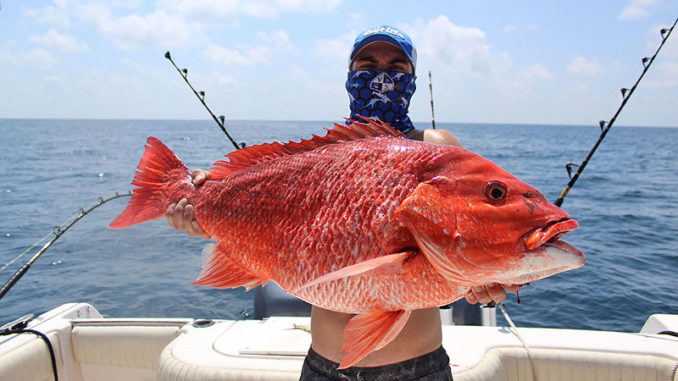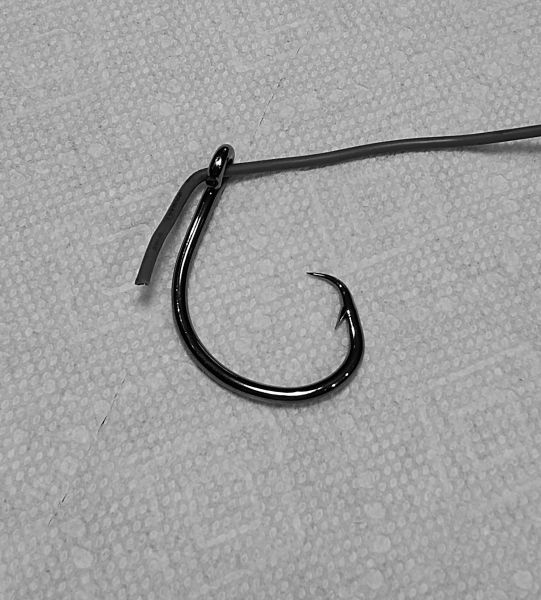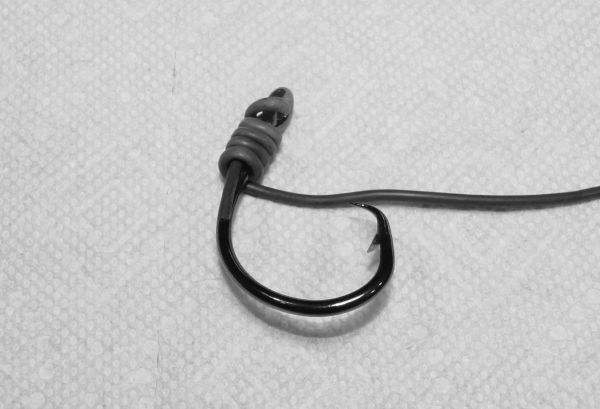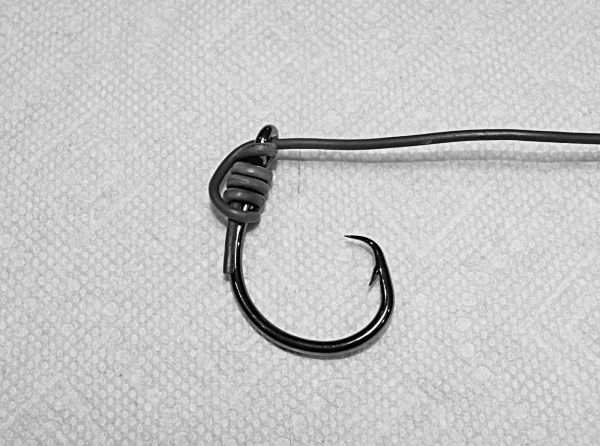
Guide gives step-by-step instructions
Sometimes little things can make a big difference in fishing, and Capt. Tommy Pellegrin firmly believes snelling circle hooks offshore has a direct correlation to the number of fish coming over his gunnels.
And as an added bonus, the owner of Custom Charters in Houma said he can tie a “quick snell” with a leader in a matter of seconds.
In essence, the knot is tied to the shank of the hook rather than the eye, providing leverage to embed the barb in the fish’s mouth when the hook is set.
To tie the knot with a leader like Pellegrin does, check out the series of photos.
Step-by-step instructions



“The key is the line has to come out of they eye of the hook toward the barb side when you tie it,” Pellegrin said. “You’ll never see me tie a regular knot on a circle hook. A lot of people just tie a straight-up knot and I’m not going to lie — that works.
“But if you want to increase your hooksets, learn how to snell.”
Non-stainless steel circle hooks are required when fishing with natural baits for reef fish offshore, but Pellegrin snells other hooks with success, as well.
“The same technique works for wide-gap hooks used with minnows and shrimp for speckled trout,” he said. “The wide-gap hook works a whole lot better with the snell.”
Pellegrin’s offshore setup
Pellegrin’s setup usually consists of 60-pound Berkley ProSpec line with a 4-ounce egg sinker and a 150-pound swivel tied to 100-pound leader with a 6/0 Mustad Ultrapoint circle hook.
“This knot is actually pretty much one of the really true ‘100-percent’ knots,” the captain said. “The only way to break monofilament is to overstress it or you tie a bad knot and the tighter the knot gets, the more it pinches down and it eventually just cuts itself off. Other than that, you have to cut it with teeth or knives or whatever — that’s the only two ways that monofilament will break.
“With this knot, the actual pull line that your power is going to your rod with is outside the wraps. So the wraps get tighter and tighter, but they just grab the hook.”
During his years of fishing, Pellegrin has come to believe tying a snell knot is a sure-fire way to hook up with more fish.
“I’ve proven this so many times on my boat with people who want to tie their own stuff,” he said. “They’ll tie a regular knot on and they’ll catch fish, but they’ll miss more, and the ones I’m tying will hook up more.
“It’s amazing how much difference that it makes; it’s just one of those little tricks.”
It’s also a fun way to prank unsuspecting friends, he said.
“If we want to mess with somebody, we’ll tie a snell backwards and have the line come out of the back side of the hook,” Pellegrin said with a chuckle. “They’ll get bites left and right and they’ll have fish pulling, but that hook just won’t set.
“They can’t figure out what’s wrong. It just totally messes them up.”


